Entrepreneur Stories
Apps That Should Have Done Well But Failed Miserably
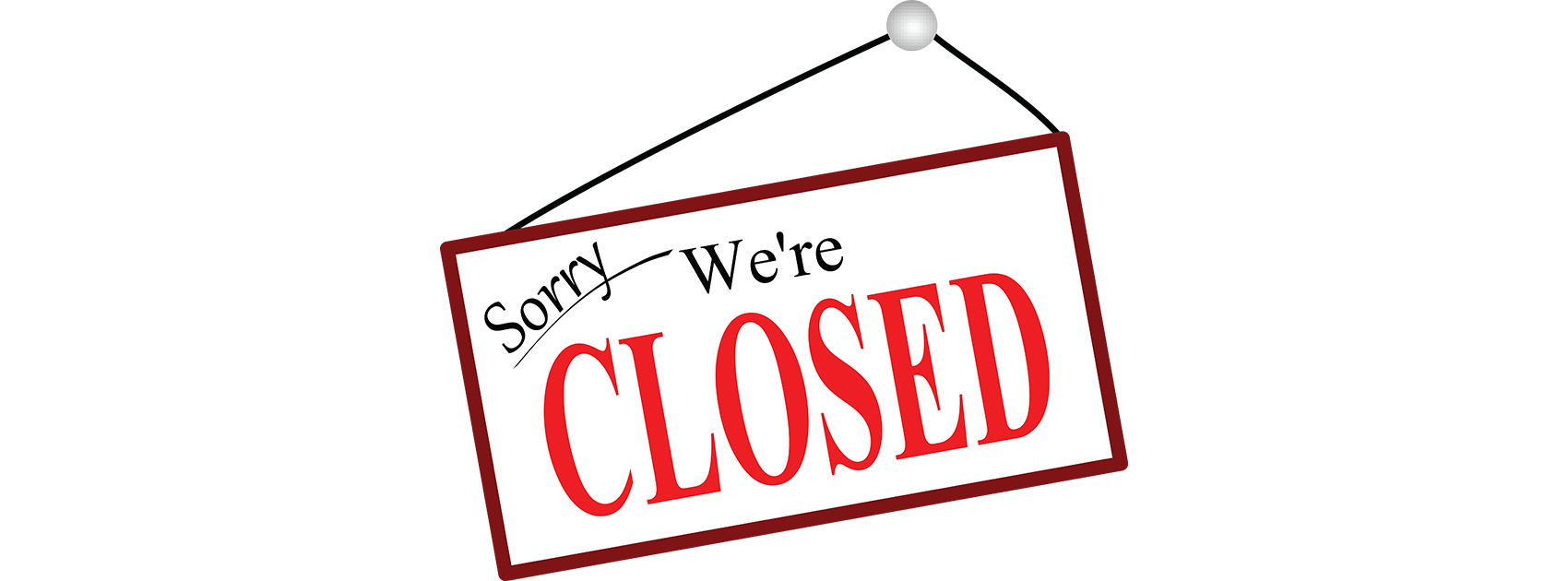
Technology can either be a boon or a bane, depending on how it works for your business. When the .com bubble happened, several startups did really well instantly. However, when the inevitable popping of the bubble happened, a lot of these startups failed miserably. Over the years, while we have looked at case studies of different apps which succeeded, no one really thought of stopping and looking at the apps which failed. Here is looking at some really brilliant apps and startups that should have done well, but did miserably instead.
1. Google Wave
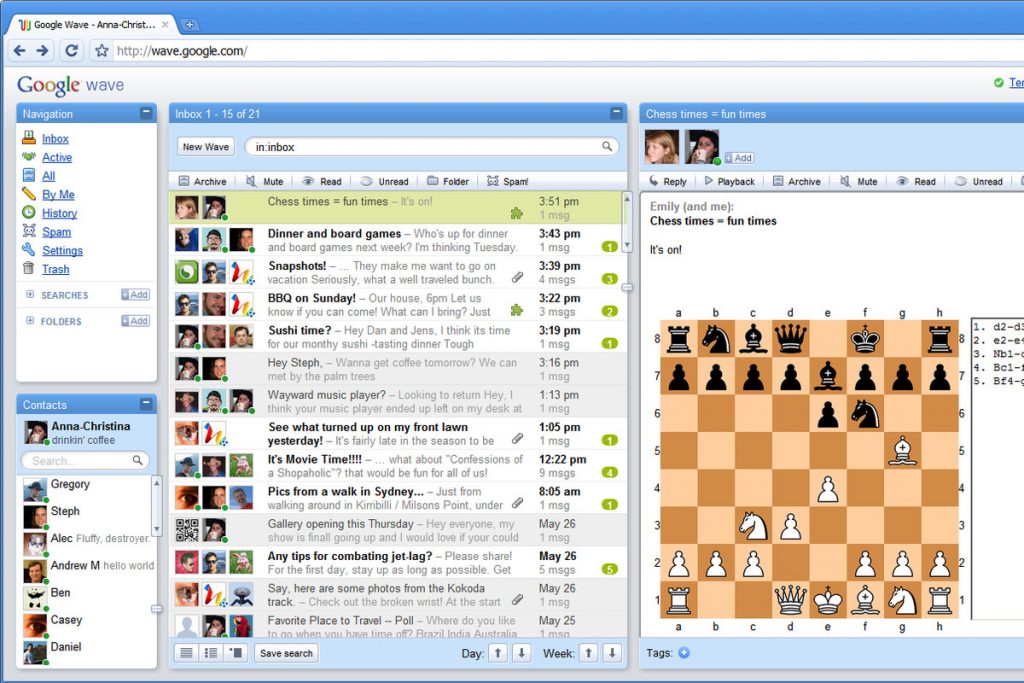
Google Wave, when it launched, was supposed to change the communication game forever. This app was created to help those people who thought communicating on the app store was extremely annoying. While on the front of things, this app looked exciting and promised a lot of change, it failed to make the right mark. A lot of things went wrong for Google Wave, the main reason being not a lot of people knew how the app functioned. Perhaps one of the major mistakes the makers did with this app was that they thought they could ride on the success of Google’s popularity. Unfortunately, Google Wave shut down six months after it came on the app store and clearly, their marketing strategy was not up to the mark!
2. Friendster
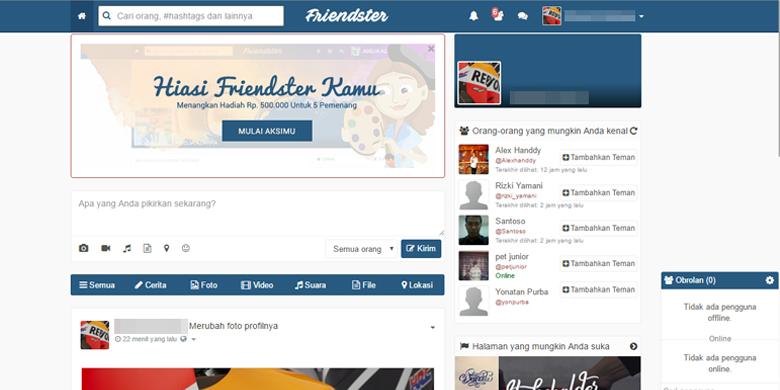
Credited to be one of the first social media platforms similar to the ones we see today, Friendster came to be in the year 2002. Founded a year before Tom Anderson created MySpace, Friendster secured close to $ 50 million funding from the time of its inception. Friendster grew in popularity because it connected friends to each other and did not let you connect with anonymous people. However, it failed because the makers did not want to ride with the times and kept their user experience to a very basic level. If they had capitalised on the trends at the time, Friendster would have grown to be a really huge success. In fact, when they were at their peak, they had even gotten an offer from Google for a buyout of $ 30 million and had they accepted the buyout, the world of social media would have been quite different today.
3. GovWorks.com
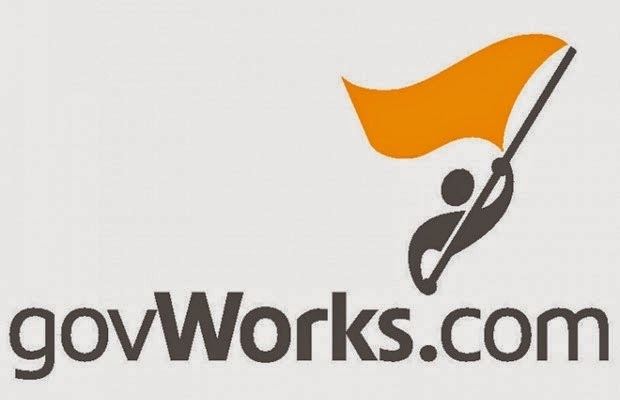
When GovWorks.com was founded, it was created with the aim of making everyone’s (from government officials’ to citizens’) lives easier. From letting government officials track their daily activities to letting citizens pay their bills, book tickets and look up information about their city, GovWorks.com had everything in place for the making of a really great connector! However, GovWorks.com failed only 3 years after its inception. Growing from a team of only 8 people in the year 1998, this platform had 250 employees when things started going bad. Disagreements and power struggles within the management, along with the lack of elimination of the software’s bugs caused the failure of this innovative platform.
4. Quixey
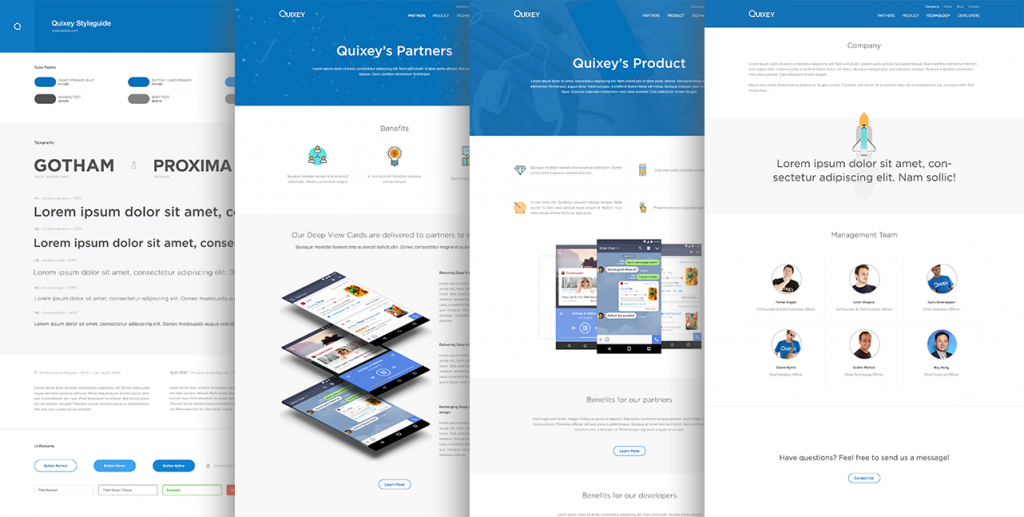
An example of another app that failed despite receiving a lot of funding, Quixey’s downfall was the perfect example of an app that failed because it got too arrogant with its position in the market. Quixey was designed to become the digital assistant of today, with the main aim of allowing users to find content on the different apps installed on their phones. Immediately after the launch, Quixey raised $ 50 million from Alibaba in a series C funding round. However, once Alibaba’s Initial Public Offering (IPO) went through in September 2014, the e commerce platform started reevaluating its interest in Quixey and decided it wanted out. This is when trouble started brewing and Quixey went under the gun. A couple of years later, with no investments coming through and debt piling up, Quixey was forced to downsize, eventually leading to liquidation.
5. Colour
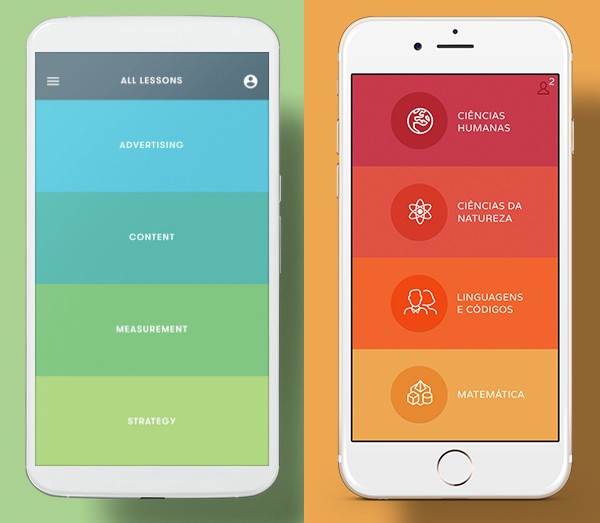
Aimed to be an innovative photo sharing app between friends and strangers alike, Colour was an extremely innovative app at a time when people were running on the wave of rip offs. With just the right amount of funding to back its idea, a creatively designed website and users waiting to try the new app out, Colour had it all. However, right after it launched, users started realising there was something off with this photo sharing app. Lack of privacy functions and a poorly designed interface were the primary reasons for the growing wave of disappointment in the users. However, instead of trying to fix the bugs, the app came back as an app that let users live stream videos from Facebook. Unfortunately for the makers, while the idea was innovative, the damage from earlier was too great and no one wanted to accept the new change. The lesson here? Fix what is broken and do not try new things till you know it is going to work for sure!
Apps fail all the time but what hurts the most is that if the road map for these apps were planned well, then they could have been massive successes right from the day they were launched!
Entrepreneur Stories
Indian Man Quits JPMorgan, Takes 70% Pay Cut to Launch $6 Million Startup
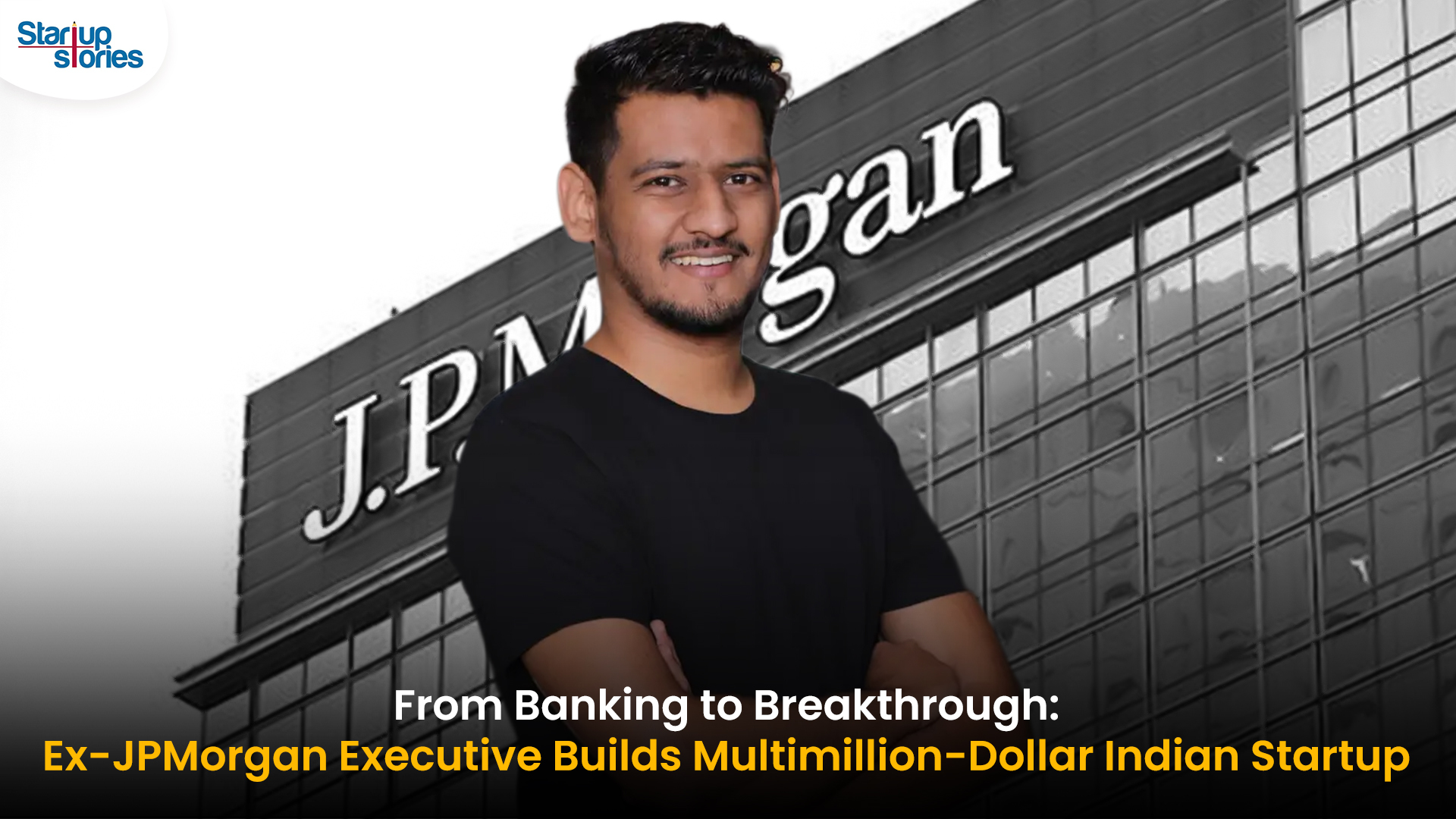
Leaving behind a high-paying job at JPMorgan, an Indian entrepreneur embraced a 70% salary cut to pursue true purpose and passion in the startup world. Disenchanted with what he described as a “robotic” corporate routine, he sought meaningful work that made a real impact. This pivotal decision marked the beginning of his new journey, one focused on value creation rather than titles and corporate perks.
Powered by resilience and fresh perspective, the entrepreneur launched his own startup, prioritizing innovation and hands-on solutions. The road was challenging, but his vision resonated with the market: the startup quickly gained traction and raised $6 million—an impressive acknowledgement of its potential in a competitive landscape. Every hard lesson from early setbacks and bootstrapping paid off in real customer growth and investor confidence.
Today, his journey stands as an inspiring example for professionals seeking authentic success outside the corporate grind. By trading comfort for creative freedom, he grew a venture that solves important problems, generates jobs, and builds wealth beyond just salary. For ambitious founders, his story highlights the power of risk-taking, adaptability, and relentless focus on impact in India’s thriving startup ecosystem.
Videos
Larry Page: The Visionary Co-Founder Behind Google’s Global Success

Larry Page is a visionary technology entrepreneur and co-founder of Google, one of the world’s most influential companies. Born in 1973 in Michigan, Page grew up surrounded by computer technology, which inspired his passion for innovation from an early age. He studied computer engineering at the University of Michigan and later pursued his PhD at Stanford University, where he developed the revolutionary PageRank algorithm with Sergey Brin. This technology fundamentally changed the way search engines rank websites, making Google the most accurate and popular search engine globally.
The journey of Larry Page and Google began in 1998 when they officially launched the search engine from a small garage. Leveraging their unique algorithm, Google quickly surpassed competitors due to its ability to deliver highly relevant search results, transforming internet search forever. Under Larry Page’s leadership as CEO, Google expanded beyond search to launch groundbreaking products including YouTube, Gmail, and Google Maps, turning it into a global tech powerhouse that shapes how we access and interact with information online.
Larry Page later became the CEO of Google’s parent company, Alphabet Inc., driving innovation and investment in next-generation technologies such as artificial intelligence, autonomous vehicles, and healthcare solutions. His visionary leadership and commitment to technological advancement have cemented his legacy as one of the most influential figures in the tech industry. Today, Larry Page remains a key influencer in shaping the future of technology and digital innovation worldwide.
Entrepreneur Stories
India’s Tech Story: Airtel Spreads AI Access, Ohm Mobility Lessons
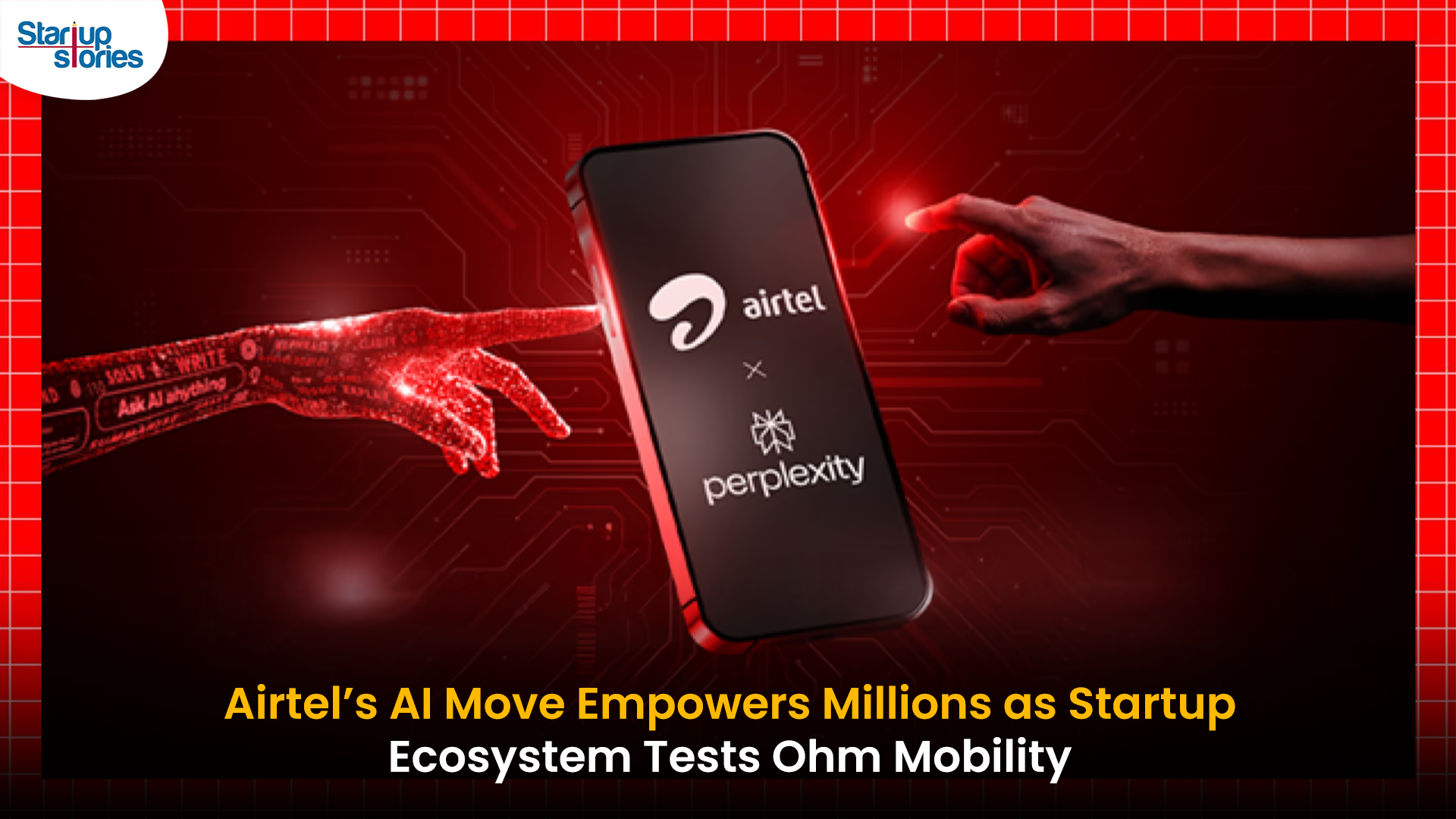
Bharti Airtel has launched the innovative “Airtel-Perplexity Blueprint,” partnering with Perplexity to provide over 360 million customers free access to Perplexity Pro for a year—a benefit valued at ₹17,000 ($200). This collaboration enables Airtel users across mobile, broadband, and digital TV to harness advanced capabilities in generative AI, including leading AI models like GPT 4.1, Claude, and Gemini, along with up to 300 Pro searches daily, image generation, document analysis, and personalized planning services. The move is seen as a milestone for telecom innovation and the democratization of AI in India, making powerful research and productivity tools accessible to a massive user base.
This strategic partnership positions Airtel as an “AI-first” telecom provider, allowing it to gain key insights into user interactions with artificial intelligence and adapt its networks for growing digital demands. For Perplexity, the tie-up grants exclusive access to India’s vast telecom audience, rapidly propelling the app to the No. 1 spot on the Indian App Store, surpassing global competitors like ChatGPT and Google Gemini. Airtel customers can activate their complimentary subscription seamlessly through the Airtel Thanks App, under the Rewards and OTTs section, reinforcing Airtel’s commitment to digital customer empowerment.
The broader Indian startup ecosystem reflects both breakthrough innovation and hard-earned lessons, illustrated by the recent shutdown of Ohm Mobility, an EV financing startup. Despite multiple pivots and industry-leading investors, Ohm Mobility struggled to achieve a sustainable business model—a reminder of the challenges in market fit and adaptability. As AI adoption accelerates and startup realities evolve, industry leaders like Airtel and Perplexity are setting new standards, while others, like Ohm Mobility, offer valuable insights on resilience and the importance of business model flexibility in India’s dynamic tech landscape.














MM88
November 6, 2025 at 3:02 am
Khám phá thế giới giải trí trực tuyến đỉnh cao tại MM88, nơi mang đến những trải nghiệm cá cược thể thao và casino sống động.
MM88
November 7, 2025 at 8:45 am
Với giao diện mượt mà và ưu đãi hấp dẫn, MM88 là lựa chọn lý tưởng cho các tín đồ giải trí trực tuyến.
谷歌站群
November 8, 2025 at 5:53 pm
专业构建与管理谷歌站群网络,助力品牌实现全域流量的强势增长。谷歌站群
站群程序
November 14, 2025 at 10:42 am
搭载智能站群程序,自动化搭建与管理,为SEO项目提供核心驱动力。站群程序
iwin
November 14, 2025 at 4:48 pm
iwin – nền tảng game bài đổi thưởng uy tín, nơi bạn có thể thử vận may và tận hưởng nhiều tựa game hấp
GO88
November 22, 2025 at 11:03 pm
Tham gia cộng đồng game thủ tại Go88 để trải nghiệm các trò chơi bài, poker phổ biến nhất hiện nay.
J88
December 1, 2025 at 11:50 am
Đến với J88, bạn sẽ được trải nghiệm dịch vụ cá cược chuyên nghiệp cùng hàng ngàn sự kiện khuyến mãi độc quyền.